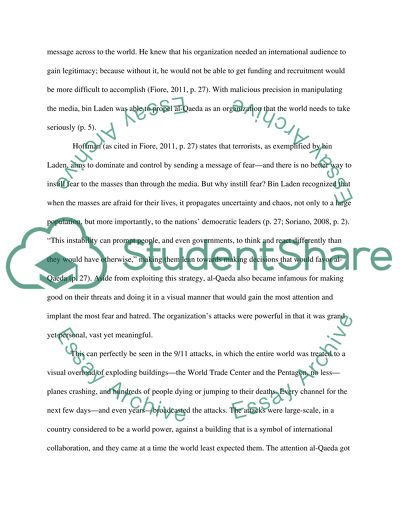Cite this document
(“The rise of Al Qaeda, religious militancy and terrorism Essay”, n.d.)
Retrieved from https://studentshare.org/military/1436085-the-rise-of-al-qaeda-religious-militancy-and-terrorism
Retrieved from https://studentshare.org/military/1436085-the-rise-of-al-qaeda-religious-militancy-and-terrorism
(The Rise of Al Qaeda, Religious Militancy and Terrorism Essay)
https://studentshare.org/military/1436085-the-rise-of-al-qaeda-religious-militancy-and-terrorism.
https://studentshare.org/military/1436085-the-rise-of-al-qaeda-religious-militancy-and-terrorism.
“The Rise of Al Qaeda, Religious Militancy and Terrorism Essay”, n.d. https://studentshare.org/military/1436085-the-rise-of-al-qaeda-religious-militancy-and-terrorism.


